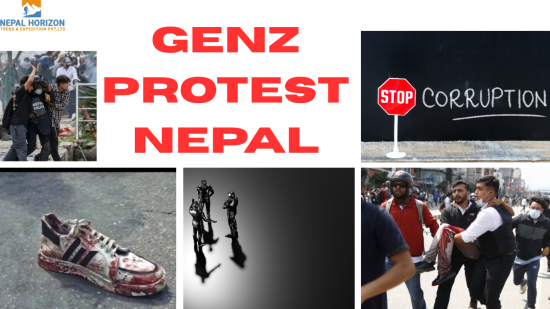Kalapatthar, Everest View Point
6th May 2022

Kalapatthar, Everest View Point which means 'Black Rock' in English, is a modest Everest View Point peak at an elevation of 5,644.5 m (18,519 ft) and is noted for its amazing summit views of Mount Everest. The Kalapatthar journey, while not an official trek in and of itself, is an optional add-on to the Everest Base Camp Trek. It's a really popular trek, so expect to see a lot of other people at the summit, especially during peak season.
Although its fame stems mostly from its breathtaking views, Kalapatthar is also one of the highest places in the Himalayas that can be reached without the use of technical climbing abilities, adding to its appeal. It is also one of the primary attractions in the Everest region because of the spectacular panoramic views it offers from the summit. Because Kalapatthar is barely 10 meters high, it is not considered a mountain. It is, nevertheless, the highest peak accessible without a climbing permit during Everest trips.
WHAT WILL YOU EXPERIENCE?
Travelers receive a wealth of wilderness, cultural, and Himalayan perspectives on the Kalapatthar Hike. Hiking through a picturesque hamlet, alpine forest, lush green forests, glacial waterways, waterfalls, stony trails, mountains, and Buddhist monasteries to Kalapatthar, where a 360-degree magnificent theme of mountains, which include Mt. Everest, can be seen without interruption.
Blue sheep, Tibetan snow cock, yaks, Himalayan Thar, mountain goat, pheasant, and other wildlife can be seen along the trail. You will also have the opportunity to experience Sherpa tradition, tradition, basic lifestyles, and genuine hospitality. The trekkers have endless photographic possibilities to capture the breathtaking views of the Khumbu Glacier, Everest, and Nuptse, as well as alpine shrubs, junipers, pine woods, rhododendron blooms, and lovely town. This trek will take you to the base camp of Mount Everest (5400meters) with obviously Kalapatthar.
HOW IS THE VIEW?
Because of Everest's architecture, the summit is not apparent from Everest Base Camp, thus most hikers will choose to ascend Kalapatthar to see it. The enormous summits of Nuptse, Changtse, and Lhotse may also be seen from the observation point at Kalapatthar. Climbing is best done late in the afternoon, while the sun is setting. You'll be able to see Everest and Lhotse bathed in golden sunlight if the weather cooperates. Unfortunately, clouds typically move in in the afternoon, so you'll be better off going up in the late morning when the light is the brightest.
GEOGRAPHIC LOCATION
The Mahalnagur Himalayan Range's Mt Pulmori's southern crest is home to Kalapatthar. It is located 9.3 kilometers from the Everest Base Camp, just above Gorakshep. According to the GPS survey, the location is located at 27°59.750'N, 86°49.705'E, and is 5,643m above sea level. The place is generally included in the Everest Base Camp route.
ELEVATION OF KALAPATTHAR
Kalapatthar is 5,644.5 meters/18,519 feet above sea level. Dr. Luis A. Ruedas, an adjunct professor at Portland State University, went to the Kalapatthar on December 6, 2006, with his Garmin E-Map GPS units to determine its elevation. These systems can aggregate a number of independent satellite readings, resulting in more accurate and reliable results than single-reading computers.
The elevation was calculated as 5,643 meters (18,514 feet) based on 48 observations. A GPS with WAAS validated the altitude of 5,644.5 meters (18,519 feet) in October 2008, validating the data from 2006.
WHAT IS KALAPATTHAR FAMOUS FOR?
Although Kalapatthar is not really a mountain because it is just 10 meters (33 feet) tall, it is a popular tourist destination. The most accessible close-up view of Mount Everest is the reason why hikers want to climb Kala Patthar, despite its modest standing height. Mount Nuptse's high top is hidden from the surrounding region due to the Everest Massif's structure. However, the superb views of Everest, Changtse, and Nuptse may be enjoyed from Kala Patthar. Well, that's not all; from Kala Patthar, you can also get a sight of Mount Lhotse's northern flank. Trekkers in the Mount Everest region should make a point of visiting Kala Patthar to take in the breathtaking scenery of those magnificent mountains.
HOW TO GET TO KALAPATTHAR?
Travelers who have a limited amount of time or who wish to travel in total luxury should take a Helicopter Tour. Typically, these helicopter tours begin in Kathmandu or Lukla. They begin early in the morning and finish about noon. The journey begins by flying out of Kathmandu's lush highlands and towards Lukla, where it will stop for quick refueling. Then it goes on to Kalapatthar via the well-known communities of Pangboche, Dingboche, and Tengboche.
A typical flight from Kathmandu can cost up to 1000 USD or more, with a maximum capacity of 5 passengers. Despite their high cost, these short journeys allow you to travel in comfort and luxury!
DIFFICULTY OF KALAPATTHAR
The hike is not long, but it is uphill and at a high altitude. The trip to the vantage point should take between 1.5 and 2 hours for an average hiker. The peak of Kalapatthar is not visible until a long distance up, which adds to the mental challenge.
You'll have no trouble if you're well acclimatized and take it easy, though you'll need frequent stops on the way up. If you aren't adequately acclimatized, you will find it to be a difficult struggle that will leave you coughing and out of breath. Remember to bring plenty of water and a warm jacket (See gear requirements here), as the wind can make it extremely cold at the summit.
CLIMATES DURING KALAPATTHAR
Because of its high altitude and proximity to the Himalayas, the weather in Gorak Shep is erratic and can shift at a single glance. As a result, it is recommended to explore during the pleasant seasons. Autumn and spring continue to be the most beneficial seasons. The skies are substantially more translucent throughout these periods, giving you a cleaner and better perspective of the peaks.
During the winter, the average temperature remains at -17 degrees Celsius, making it the coldest season of the year. During the day, the temperature drops to -5 degrees. During the summer, temperatures can reach as high as 22 degrees during the day and as low as -5 degrees at night. In addition, strong winds on occasion exacerbate the problem due to the more chilly climate.
Recent From Blogs

7th October 2025

27th September 2025
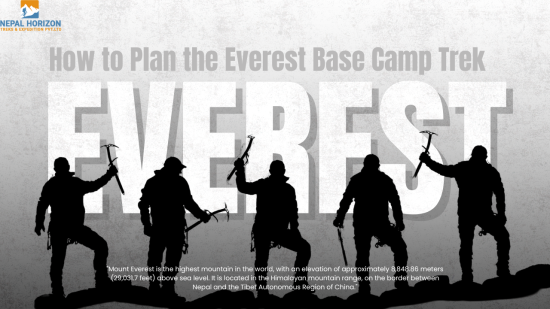
25th September 2025

22nd September 2025
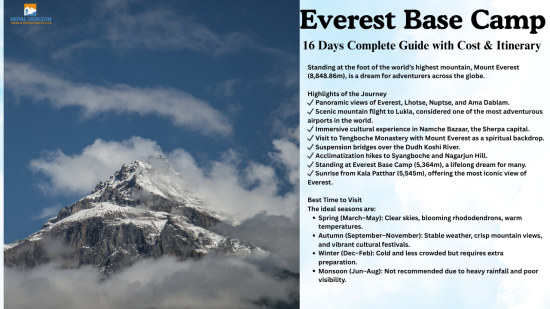
20th September 2025

17th September 2025
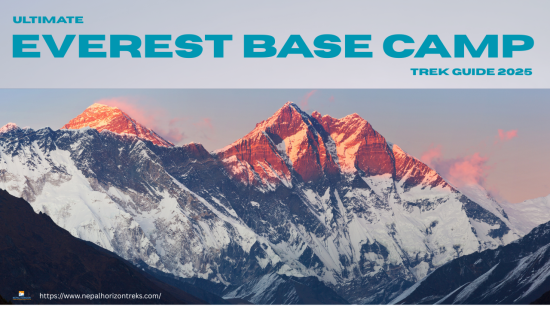
15th September 2025
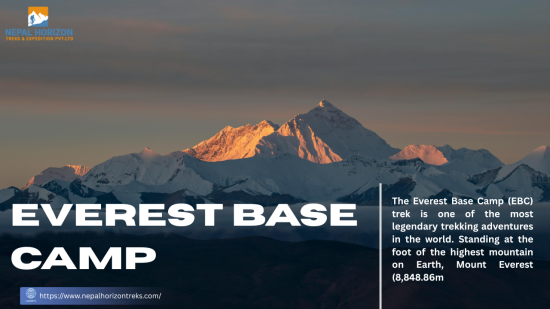
13th September 2025
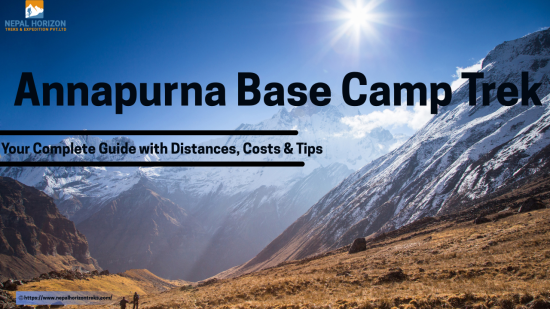
11th September 2025
